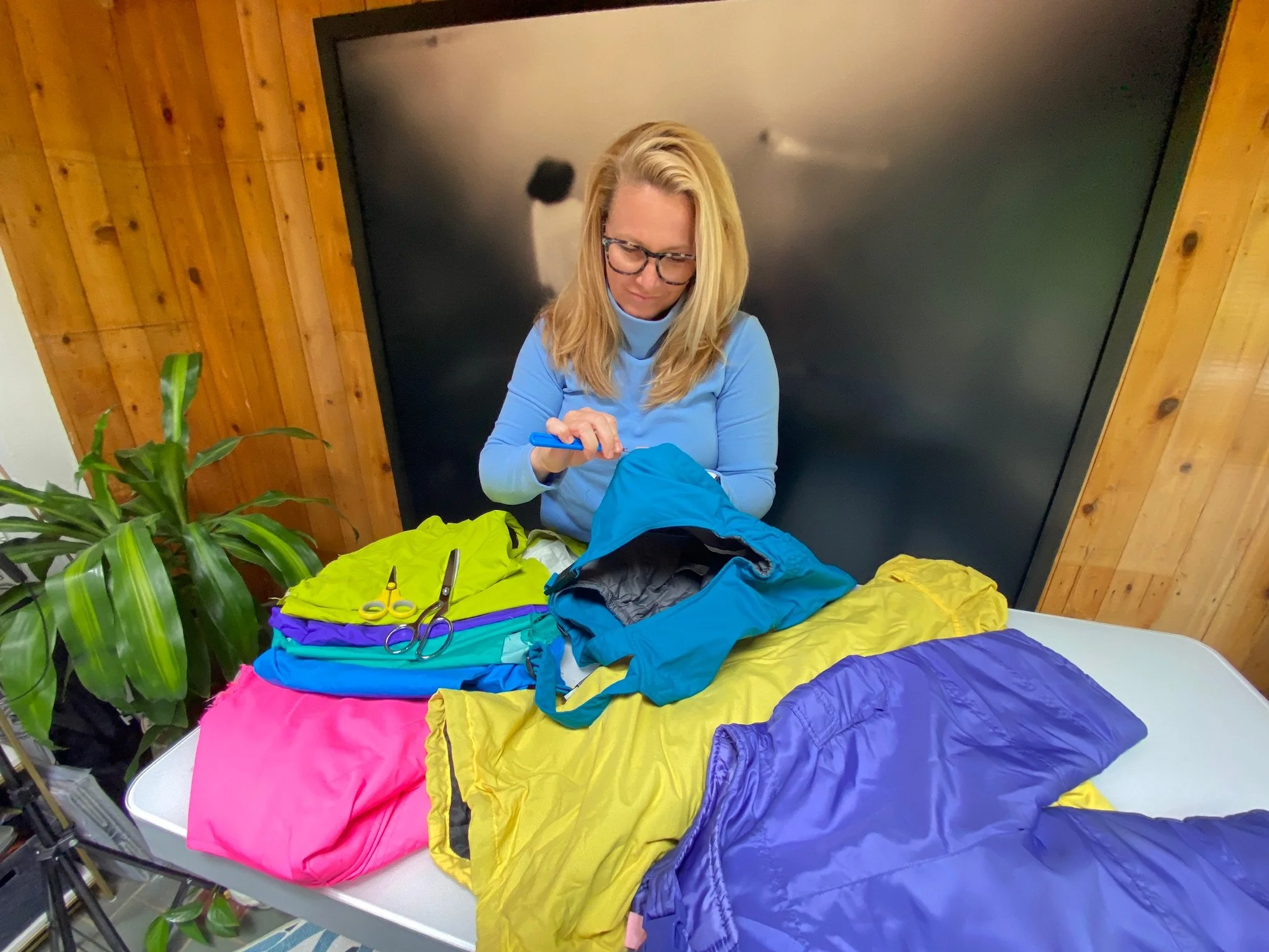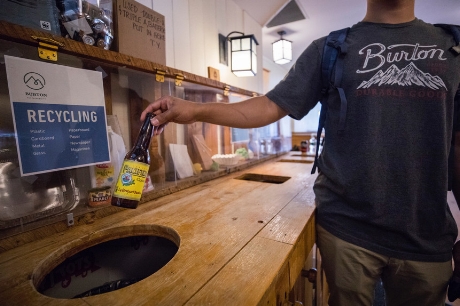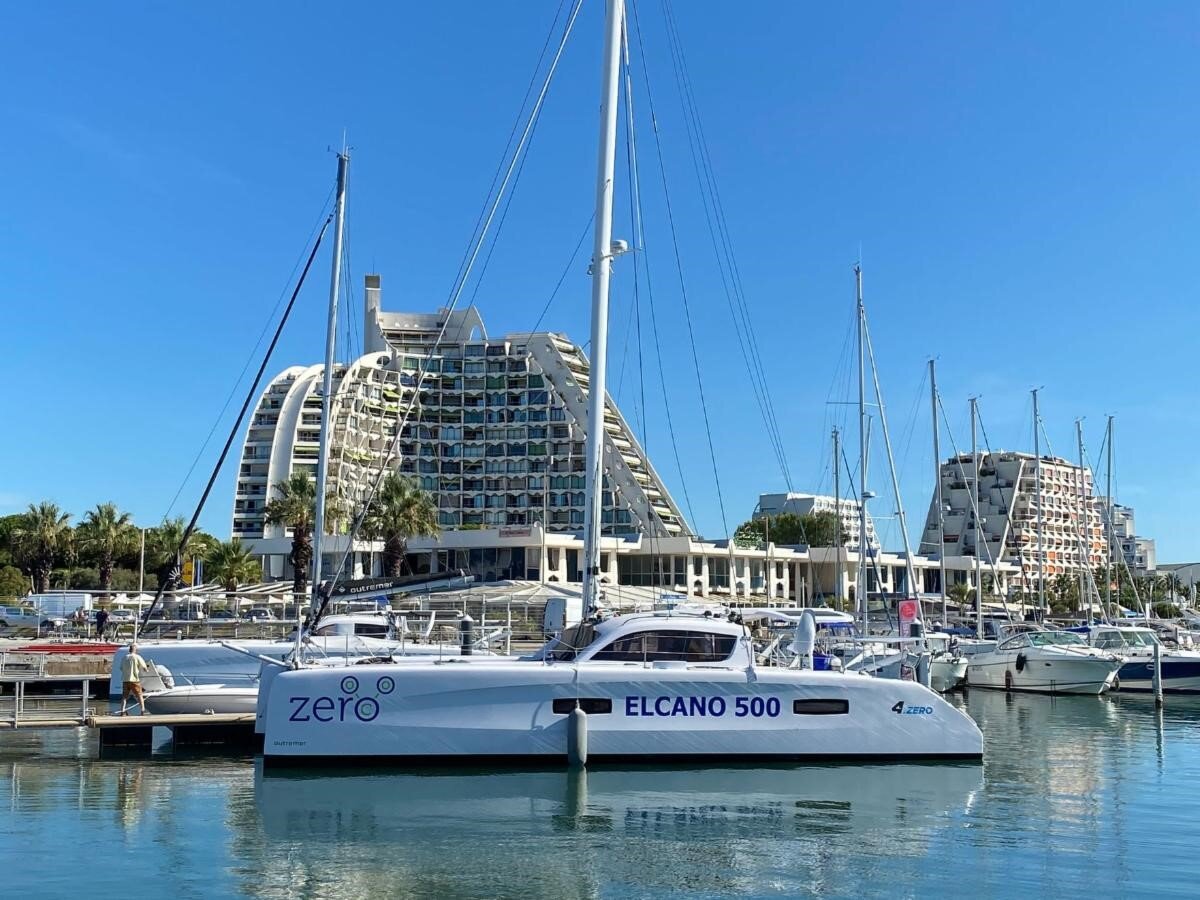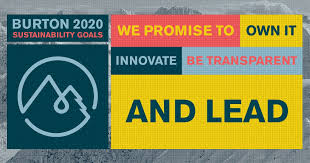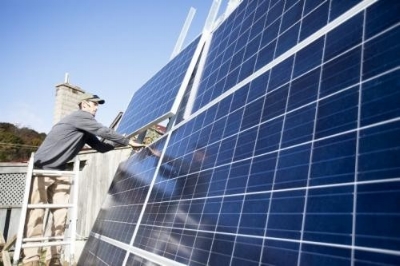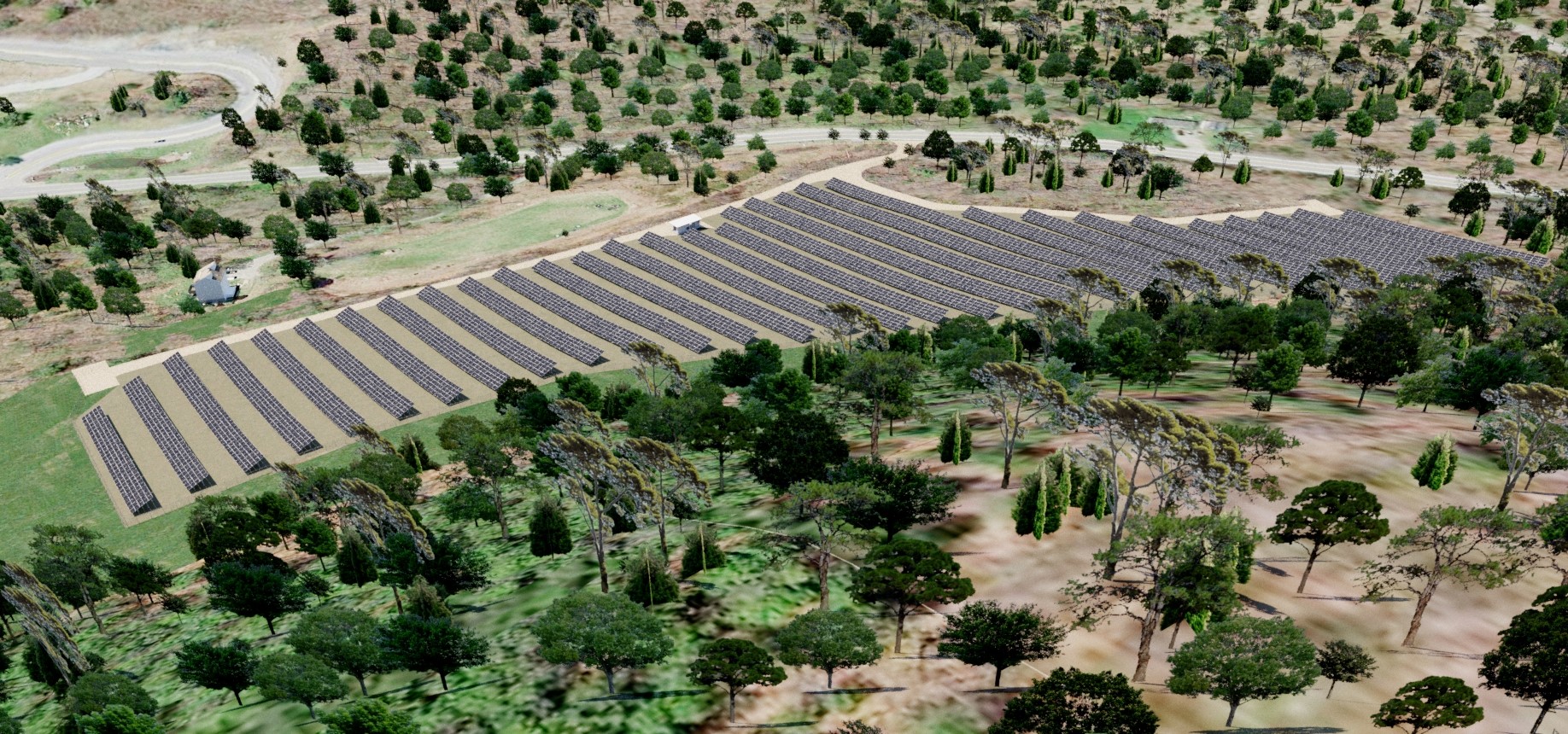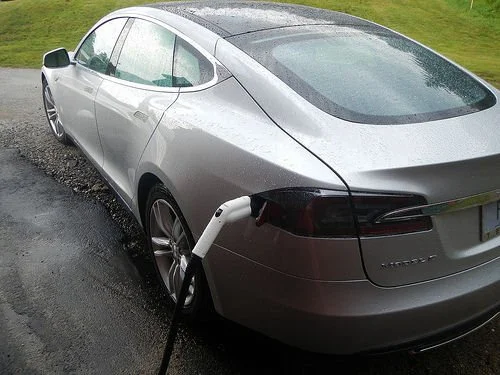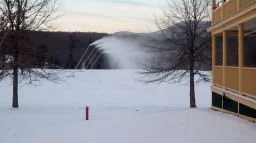In early September during President Obama's visit to Alaska, an op-ed piece in the Alaska Dispatch News was written by 4-time Olympian and 3-time World Cup Cross Country Ski Sprint Champion Kikkan Randall. Kikkan grew up in Anchorage and wanted to opine about a topic she feels deeply about - climate change.
"Cross-country skiing is my job, my passion and my life. I'm an Alaskan, and like many Alaskans I got my first skis around the same time I learned to walk. To me, snow is family. Skiing, snowshoeing, sledding, and simply playing in the snow are how we form friendships as children, how we bond as families, how we connect as communities."
"This summer, hundreds of fires encompassing nearly five million acres burned across Alaska. People in the Lower 48 have a hard time believing this. They think of Eskimos and polar bears when they think of Alaska. Forest fires are for hot and dry places, for Colorado and Idaho and New Mexico. Increasingly, they are the norm up here, too. The patterns we knew as children are changing."
Randall recalled that as a child, she visited a local glacier remembering how cool it was to watch the glacier calve right there in front of her eyes. Thirty years later, that glacier is no longer visible from the visitor's center. Children visiting today can no longer experience that powerful natural force as she did.
In summer, Randall trains on the glacial snowfield above Girdwood, Alaska and has watched that glacier change before her eyes through the years. "Every year there are more crevasses, more runoff, more melting."
While racing on the World Cup circuit for nine years she's witnessed the global winter meltdown firsthand. "More than half of International Ski Federation (FIS) competitions are now held on machine-made snow. Even with snowmaking, however, national and international cross-country races are being canceled at an increasing rate because temperatures are not cold enough to make snow. You don't have to be a scientist to understand this.
Randall commented that Alaska has warmed twice as fast as the rest of the United States over the past 60 years. "We are on the front lines of change. Speak to the residents of Kotzebue or Kivalina about thawing permafrost, (which is especially problematic as it'll release toxic methane from lake bottoms), or the disappearance of sea ice and storm surges making relocation of all the residents an almost certainty."
During his visit, President Obama talked to locals when he traveled to Alaska and became the first sitting president to ever visit the Arctic Circle. He saw the impacts of climate change for himself. Randall hopes that Obama's trip to Alaska pushes him to make climate action a part of his legacy.
Obama had already begun to act with the Clean Power Plan announced in early August to begin cleaning up the nation's power plants, which are the source of 40% of American carbon emissions. Alaskan Senator Murkowski lobbied successfully to have Alaska exempted from the plan, with which every other state must comply.
Randall feels that Alaska should lead by example, not seek exemptions from climate action. "In Alaska, the replacement costs of public infrastructure from climate change could be as much as $6.1 billion over the next 20 years, and the U.S. Army Corps of Engineers says it will cost $125 million to relocate just one of the many villages impacted by rising sea levels. And the area burned by wildfires in Alaska is projected to double by mid-century and to triple by the end of the century."
"The social costs will be even greater. Native American culture, entire villages and ancestral hunting and fishing grounds, could be lost forever." Randall calls on Alaskans to show support for the Clean Power Plan and climate action.
Kikkan Randall has spent her life nurturing speed and she urges everyone to act fast to safeguard snow and winter and Alaska. "We must harness our collective power as citizens to make change. It's time to fly, to go fast."
Photo: Kikkan Randall Victory lap; US Ski Team



